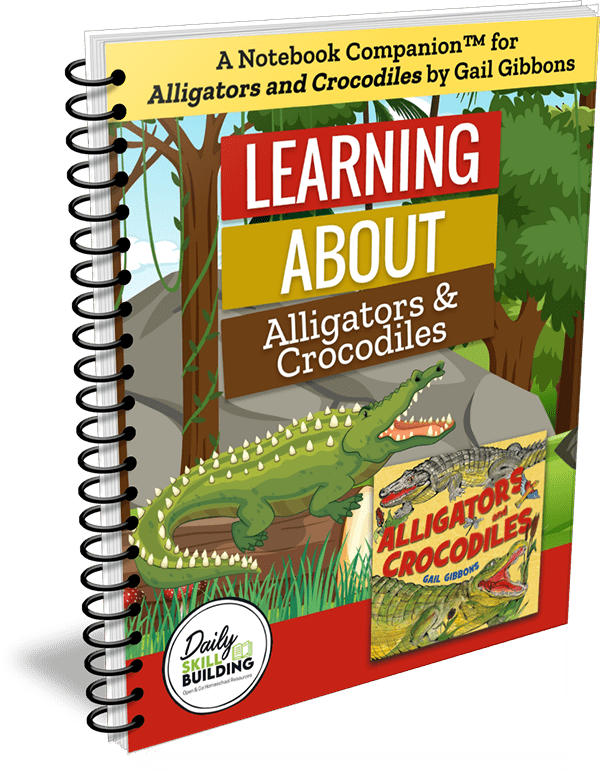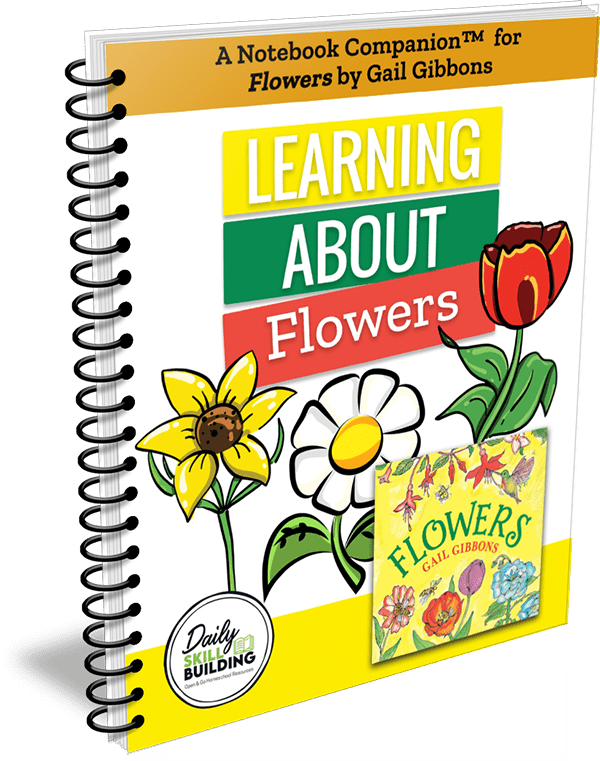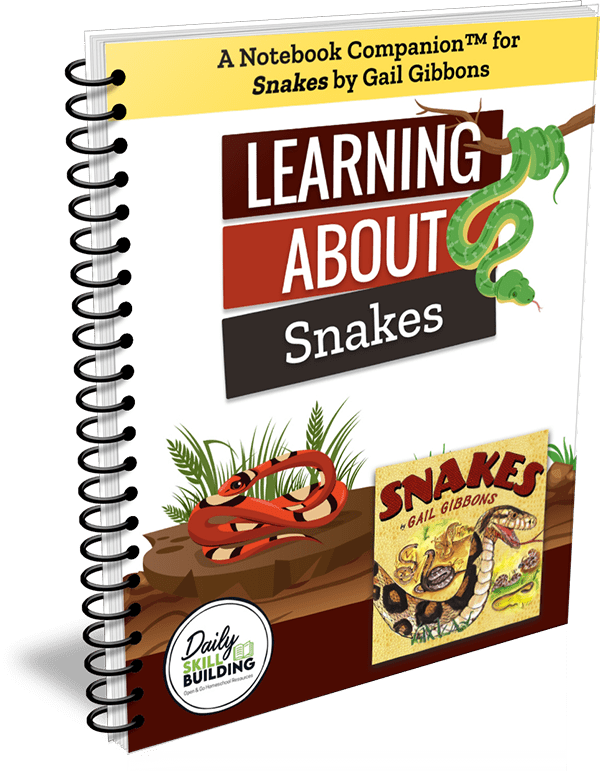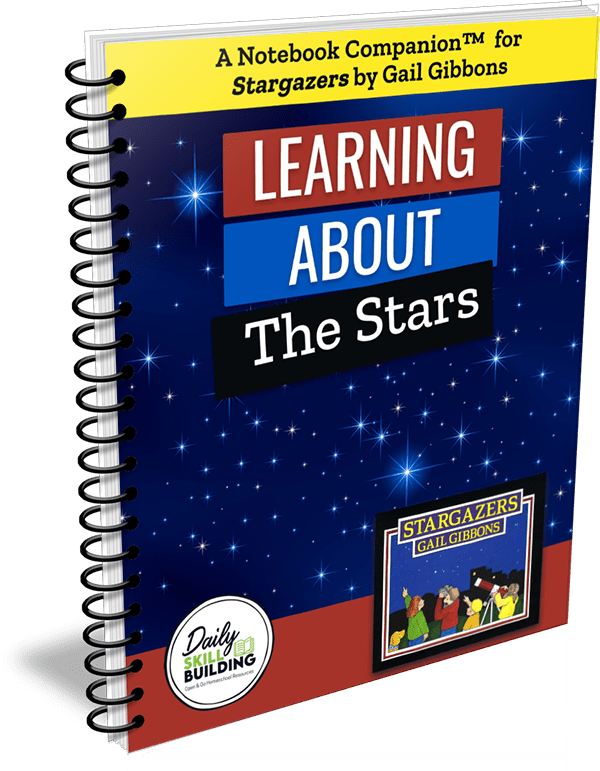Learning About Deserts - A Gail Gibbons Notebook Companion™
Deserts are vast, harsh places where it may seem like nothing could grow or survive, but deserts are home to an amazing amount of plant and animal life. Your kids can learn about how plants like the cactus survive in such dry lands, how animals like camels have special features that make them perfect for desert habitats, and much more with Learning About Deserts, a Notebook Companion™ to Deserts by Gail Gibbons, sold separately.
Topics Students Will Learn
The book and Notebook Companion™ look at different kinds of deserts and what makes each distinct.
Students will also learn about:
- many different kinds of cacti and how they use their pleats and spines
- the different kinds of roots desert plants have such as taproots, shallow roots, and tubers
- a host of animals including insects like ants and beetles, arachnids such as spiders and scorpions, lizards and snakes, desert birds such as the Gila woodpecker and elf owl, and mammals such as jerboas, kangaroo rats, and coyotes
- nomadic tribes who move from oasis to oasis, and much more!
Students will practice written narration as they answer our open-ended questions about what they are learning. They’ll also get to draw, sketch, and label various illustrations of desert plants, animals, and more. Bonus coloring pages are also included!
Deserts by Gail Gibbons
Our publisher-approved Notebook Companion™ accompanies Deserts by Gail Gibbons.
Deserts are home to an amazing variety of plants and animals. Gail Gibbons’ book Deserts is a fascinating introduction to deserts. It takes kids on a journey to discover their characteristics and how plants, animals, and people live in them.
A fun fact about this book is that all of the plants and animals featured can be found in North American deserts except for the Inland Taipan snake (Australia), the fennec fox and golden wheel spider (Africa), and camels (Central Asia, Africa, and the Middle East).
Deserts is a required book for our Notebook Companion™ and is sold separately. Deserts by Gail Gibbons is available at the publisher’s website or anywhere books are sold.
Other Notebook Companions™ in the Gail Gibbons Series
-
*Digital Product
-
*Digital Product
-
*Digital Product
-
*Digital Product
-
*Digital Product
-
*Digital Product
-
*Digital Product
-
*Digital Product
-
*Digital Product
-
*Digital Product
-
*Digital Product
-
*Digital Product
-
*Digital Product
-
*Digital Product
-
*Digital Product
-
*Digital Product
-
*Digital Product
-
*Digital Product
-
*Digital Product
-
*Digital Product























Denise Rodriguez –
We used this book and Notebook Companion alongside our Geography curriculum. The book Deserts by Gail Gibbons was full of incredible information that went beyond what our Geography curriculum had. The Notebook Companion had the perfect balance of questions, drawing prompts, and coloring pages. We truly love how the Notebook Curriuculm follows along with each page and helps my daughter break down the information she has learned.
Lynn –
Wow! There are so many interesting and diverse things to learn about deserts. This notebooking companion, “Learning About Deserts”, contains open-ended questions and drawing and labelling activities and is the perfect way to record and consolidate learning. Topics covered include deserts in different continents (Asia, Africa, North America, South America and Australia), sandy and rocky deserts, desert plants (such as cacti, succulents and desert flowers), the desert at night, desert wildlife, people who live in deserts and camels. Terms include mesa, butte, arch, canyon, pleats, taproots, tuber, oasis, nomadic, sandstorm, dune, adobes and desertification. The notebooking companion is open-and-go and just needs a copy of Gail Gibbons’ “Deserts”. It is aimed at grades K-3, but children outside this age range can also enjoy it and learn a lot!
Katherine Tanyu –
One may think that there is little to learn about deserts, but actually, it is a whole new world out there! There are certain plants and animals that call the desert their home. This notebook also delves a little into botany, how pollination happens, and the parts of a flower. You and your child will also learn about the groups of people that live in the desert and how they use the camel in their daily lives. The book and notebook are a treasure trove of information. Who would have known that there are many kinds of deserts? I will no longer be looking at sand the same again!